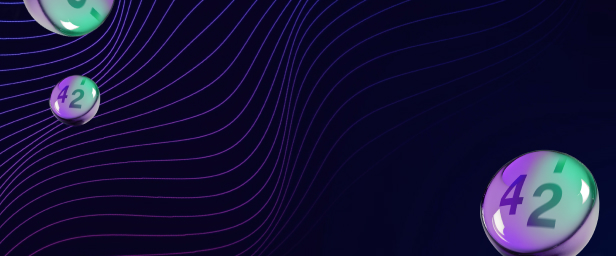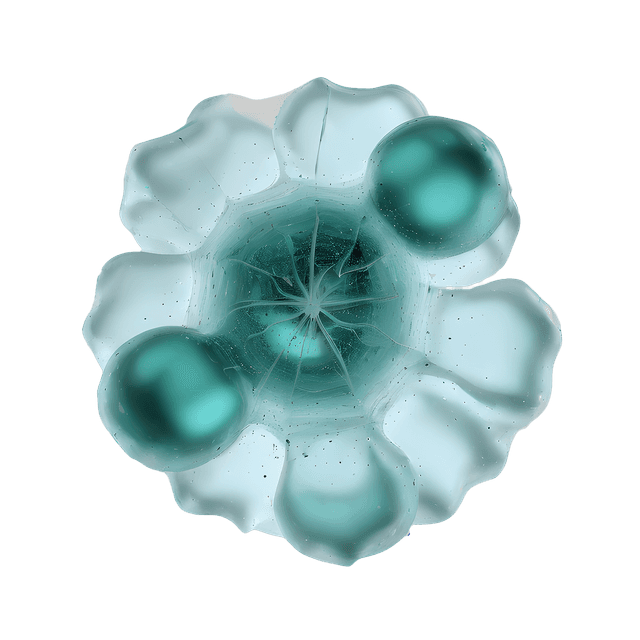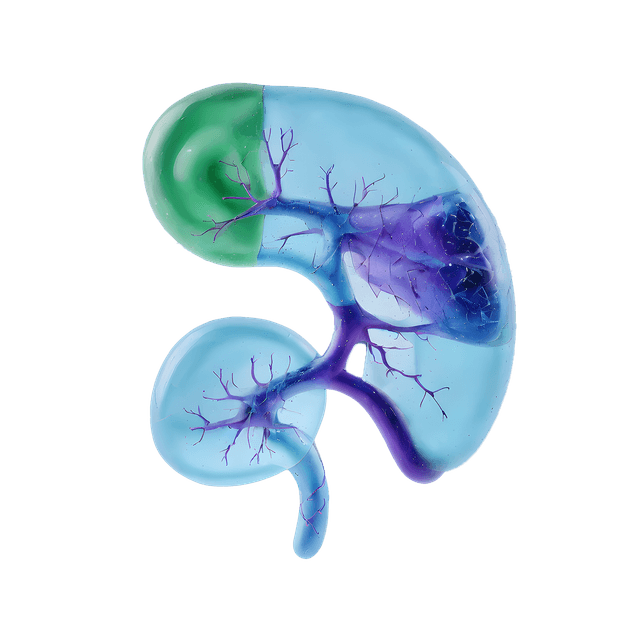Quick version
What can be seen on an MRI of the hip & pelvis?
MRI uses magnetic fields and radio waves to create detailed cross-sectional images. During an MRI scan, both bones, cartilage, muscles, tendons, and organs are visualized – unlike X-ray, which mainly shows bones, or ultrasound, which is useful for superficial soft tissues and fluid collections. MRI provides a more comprehensive view when the cause is unclear.
What can – and cannot – be detected?
An MRI of the hip and pelvis is often used to investigate persistent or recurrent pain. Examples of conditions that can be detected with MRI include:
- Injuries to cartilage, tendons, muscles, and the labrum
- Stress fractures or small skeletal changes
- Inflammation in joints or surrounding tissue
- Changes in muscles, tendons, or ligaments
- Tumors, cysts, or abnormalities in pelvic organs such as the uterus, prostate, and bladder
However, MRI is not always the best option. It is a more time-consuming examination than ultrasound or X-ray, which is why X-ray is often preferred in cases of acute fractures. MRI is also not the best method for detecting small calcium deposits.
Choice of examination method
Even though MRI can provide a lot of information, it is always a radiologist – a doctor specialized in diagnostic imaging – who decides which method is most appropriate. The decision is based on your description of symptoms, the referring physician’s clinical question, and which technique is most likely to give clear answers.
How is the examination performed?
An MRI machine usually consists of a large, round scanner with a cylinder that surrounds the body. You lie on a table that slides into the MRI scanner. Around the cylinder is technology that sends out radio waves and collects signals, which are then transformed into images on a computer. The machine is large and can feel somewhat narrow, but it is open at both ends. The examination usually takes 30–45 minutes, and it is important to lie still for the images to be clear. The scanner makes loud knocking sounds, so ear protection or music is often provided. In some cases, a contrast agent is injected into the bloodstream to enhance visibility of, for example, inflammation or tumors.























